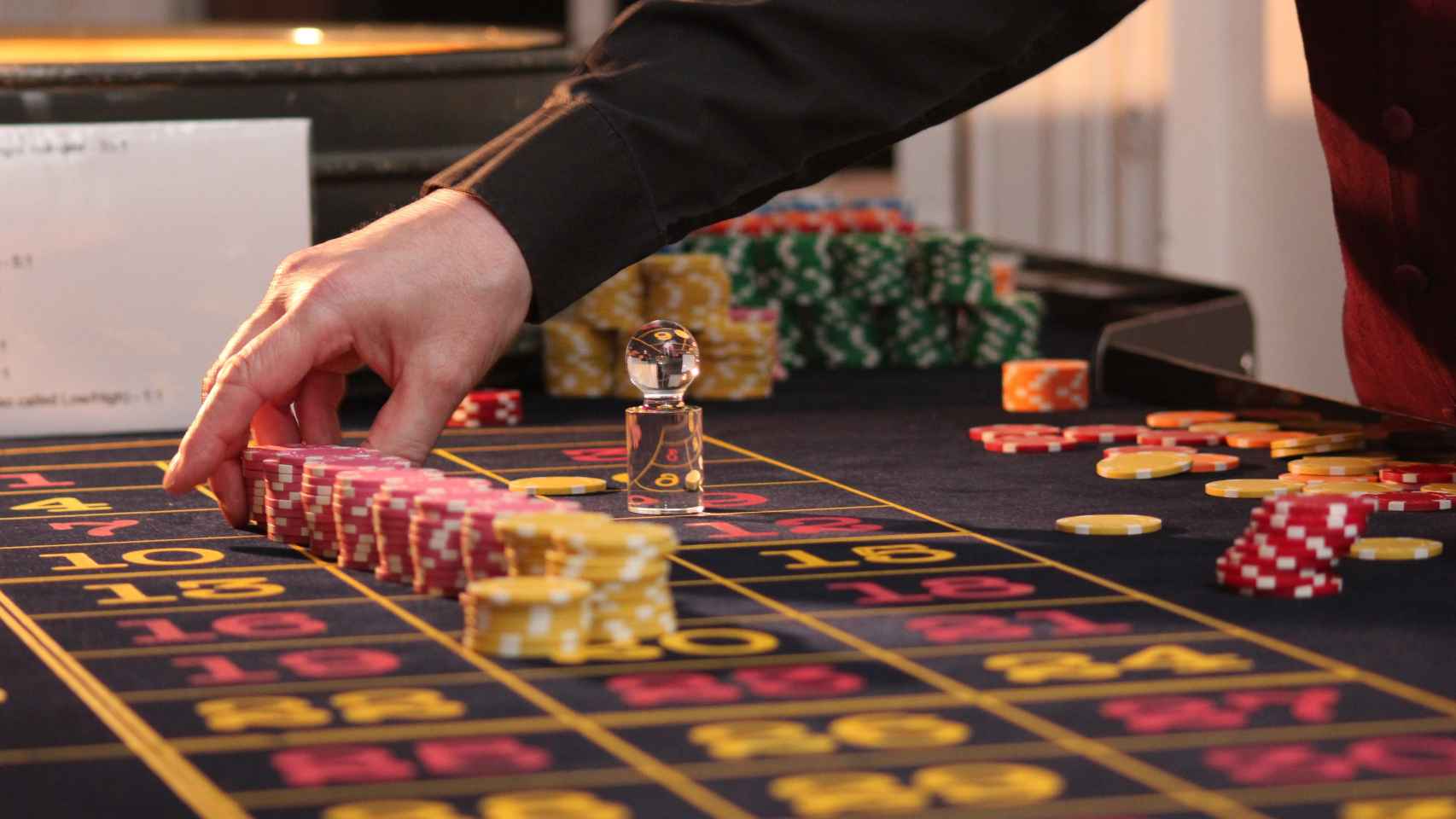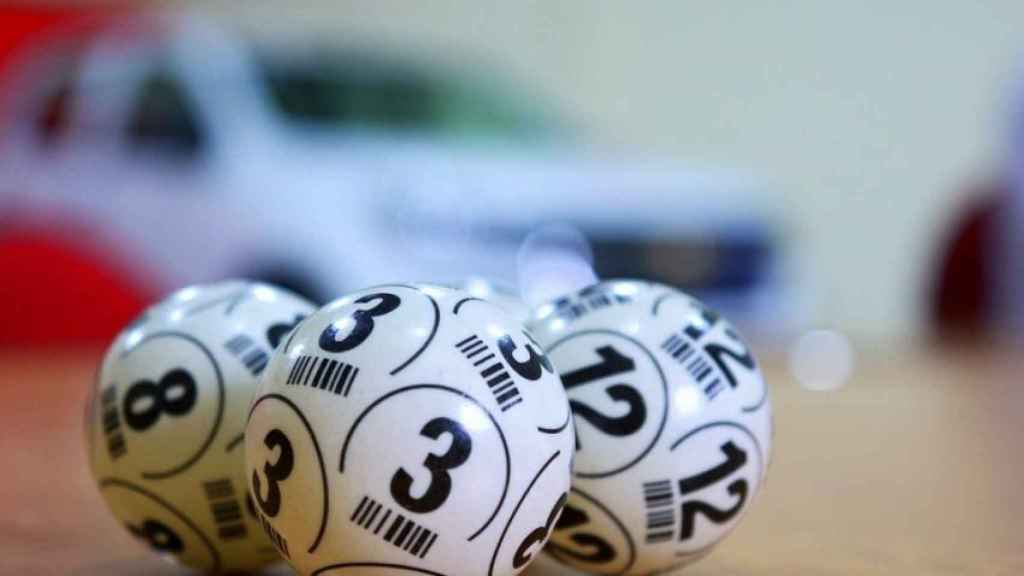
Related news
Gambling disorder represents 3% of diagnosed addictive behaviors. According to official data, there are 6,500 people in treatment for gambling disorders across the country. The gaming industry has evolved a lot in recent years and has also been affected by the latest changes in legislation.
Spain is below the average in this type of addictions, below countries like Germany, France and England, and tied in percentage with others like Sweden. Something that the sector analyzes very positively, since “the Spanish population participates in a generalized and responsible way in the leisure sector”.
This is stated in the annual Game and Society report prepared by the Carlos III University of Madrid in collaboration with the Gaming Business Council (CEJUEGO), which analyzes the main trends and player profiles over the past year.
The study shows how since 1990 there has been a downward trend in this type of behavior and experts analyze that this is due to excellent regulation. Of the total cases treated for drug addiction, gambling disorder remains within 3%, although there is an increase in other addictions.
For this reason, Alejandro Landaluce, CEO of CEJUEGO , stressed that one of the problems facing the industry is precisely due to the “important crisis of perception“.
Garzón Law and regulations
After making known the draft of the decree law prepared by the Minister of Consumption, Alberto Garzón, the companies of the sector showed their disagreement with the measure, which had not advocated for an understanding between the parties.
During the presentation, Landaluce has not ruled out resorting to the measure in “all the places where we believe it is necessary” to avoid the comparative grievance that it observed last July between public and private operators. “We have always defended that a announcement at 10:00 in the morning has the same effect on the minor of a betting house as a Lottery announcement“, he has defended.
The public organizations that control the Lotteries exceed the number of participants to the private initiatives.
However, they advocate maintaining close collaboration to continue developing new legislation. On this, Landaluce has valued the measures implemented in access control by some autonomous communities that “they are correct, because the number of minors accessing the premises is decreasing”.
The Spanish player
The study reflects two large blocks within the sector. On the one hand, the so-called games of luck, led by the Christmas Lottery, which brought together 25.5 million people last year and that 2015 appears to be the main form of gambling in Spain. This is followed by the Children’s Lottery, which compared to previous years maintains second place, followed by the Primitiva Lotteries.
In the other block are the entertainment games, with much smaller numbers of players but they remain stable. Although it is true that gambling halls are the most frequented in this type of leisure, they only received 8% of the total number of players in Spain, which corresponds to 3 million.
It should be noted that despite the fact that online gaming seems to have skyrocketed in recent months, the study shows that there is only 630,000 active accounts per year. Experts consider that it is a field in which the number of clients is very low due to the high desertion rate. However, 1.5 million people claim to have played at some point during the year.
The ‘publics’ of the game
From the sector they defend that it is not possible to speak of a single player profile. Each type of game is frequented by a different public. Thus, the survey data shows that the Christmas and Children’s Lotteries are the activities that the largest number of people play and of a wider age range, they are also the only ones in which households with economic problems participate.
On the contrary, the casinos, bingo halls and lounges are social meeting points. Precisely in the gambling halls there are young clients under 35 with a medium-high social status. Bingo, on the other hand, is an activity for somewhat more mature clients and with a socio-economic profile similar to that of gambling halls.

Bingo is a form of entertainment for mature customers and in 2019 it registered 2.4 million participants.
Las sports betting was the least frequented in 2019, with 1.3 million participants. It is a form of entertainment in which only sports fans over 45 years of age participate.
win doesn’t matter
The participants in the games of luck, which in Spain are in the hands of public operators, see how motivation the illusion for the prizethe “being touched” by fortune.
The source of motivation in entertainment games is more complex. Those surveyed say that their participation in the games is not motivated by greed, but by the to be able to demonstrate that “it is known” to betplay poker… In the case of casinos and entertainment rooms, on the contrary, the people who have participated in the survey point out that the important thing is to be with friends.
When asked about their attitude towards losses, 43.5% prefer not to think about what they have lost and a 49.2% understand it as part of the game and as a cost that must be assumed as an “input”.
Follow the topics that interest you
Source: www.elespanol.com


